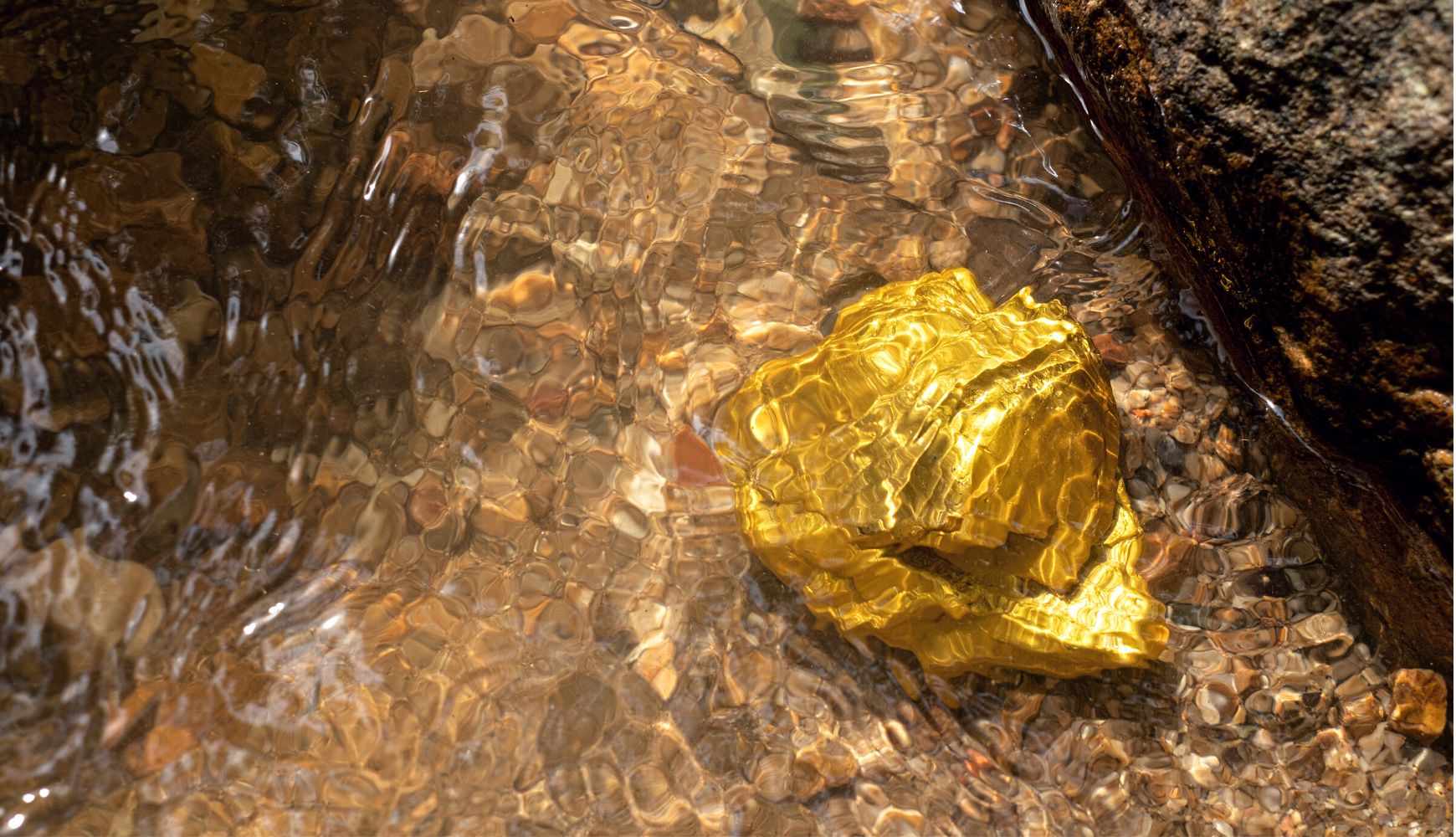
How To Suction Dredge for Gold: The Basics
Do you want to bring your prospecting hobby to the next level? With the right equipment in your treasure-hunting arsenal, you can find precious gold in rivers, streams, and other aquatic environments.
One of the most popular pieces of equipment for amateur and seasoned prospectors alike is the suction dredge. Dredging for gold involves using a suction hose to vacuum up sand, dirt, and clay, then filtering it through a header box to separate out the gold.
Want to learn more about how to suction dredge for gold? Northwest Detector Sales is here to provide a thorough rundown on the basics of dredging.
What Is a Suction Dredge?
Think of a suction dredge as a vacuum cleaner for underwater environments. Prospectors use dredging equipment to draw up wet sand, silt, dirt, or clay. The suction hose moves that raw material from the riverbed to a sluice box that separates out the gold particles. The components of a standard suction dredge include the following:
Suction Hose
This is the part that’s most reminiscent of a vacuum cleaner. Suction hoses come in several diameters, depending on how much material you want to pull up from the water. For example, a 2-inch dredge is ideal for one-person expeditions or short prospecting outings, and many of them are even backpack-sized for ultimate convenience.
When you dredge for gold, you’ll use the suction hose to vacuum up wet sand; suction power is determined by the power of your dredge’s engine. The hose will transport that material in the direction of the sluice box.
Sluice Box
The sluice box is where the magic happens, so to speak. Inside the box is a series of textured riffles designed to catch particles of gold. Nuggets and particles sink down into the riffles, while non-gold materials like excess sand and dirt get washed away.
Pro Tip:
As with all the other components of your dredge, the sluice box needs adequate water in order to function properly. When you suction up sand from a river or stream, make sure you’re also drawing up plenty of water to keep the operation moving.
Engine and Pump
Most gold dredges use gasoline to power the engines, which in turn powers the water pumps. The engine and pump work together to keep water and sand moving, facilitating better separation of gold particles from other materials in the sluice box.
Because you’ll have to go underwater yourself to suction up that wet sand, consider using a dredge equipped with an air compressor. The compressor can work alongside your diving equipment, allowing you to stay underwater for a longer period of time.
Floats
A series of pontoon floats will keep the whole dredging setup above the water. You can move your dredge around the area where you’re prospecting with minimal fuss.
Dredge Operator
Generally speaking, we recommend that you bring at least one buddy with you on dredging expeditions. Larger equipment, like a 4-inch suction dredge, requires one person to supervise the sluice box while the other uses the hose to suction up material.
However, if you’re in the market for a smaller 2-inch dredge, Northwest Detector Sales offers backpack dredges for solo prospecting outings. The smaller the dredging setup, the easier it will be for one person to use.
How Do I Start Gold Dredging?
Now that you know the basic anatomy of a gold suction dredge, let’s review some general setup and operation steps.
Priming the Pump
Before you use your suction hose to vacuum up water and material, get your dredge’s pump ready for a day of work. Dredge pumps are designed for aquatic use only, so running air through them can cause them to overheat.
Lower your dredge pump’s foot valve below the water’s surface and give it a few back-and-forth thrusts to get it going. Once water begins to flow out of the discharge end of the pump, you’re ready to start.
Using the Suction Hose
Now that your pump is primed, it’s time to get underwater. Many prospectors choose to wear full diving equipment, especially when using a larger dredge manned by at least two people. However, if you’re using a smaller backpack dredge, you may find that a bathing suit and snorkel are perfectly adequate.
Once you’re ready, get under the water with suction hose in hand, and start vacuuming up that sand or gravel. Keep your eyes peeled for larger rocks or clumps of dirt, and manually move them out of the way to prevent them from jamming your hose. Also, make sure you’re drawing up plenty of water along with the sand.
Manning the Sluice
The wet material you vacuum up through the suction hose will make its way to the sluice box. If you’re a seasoned prospector working solo with a backpack dredge, you may leave the sluice box unattended for short periods of time. Just make sure you stop and check it often so it doesn’t get overfilled.
Once your sluice box has finished processing a batch of wet material, you’ll be able to see any nuggets or particles trapped in the riffles. Carefully pluck out your gold and set it aside to transport home at the end of the day.
What About Supplementary Prospecting Equipment?
To get the most out of your gold suction dredge, combine it with other prospecting supplies and increase its overall efficiency.
Diving Gear
As previously mentioned, many prospectors don wetsuits and other diving gear in preparation for dredging. Some dredges incorporate air compressors that allow you to stay underwater longer, so why not put on a full set of gear to increase your comfort underwater?
Gold Cube
If you want to extract every last particle of gold from the wet material you suction up, a gold cube can vastly increase your finds. The cube is comprised of either three or four layers of textured mats that capture even the tiniest gold particles.
Pouches and Vials
How do you plan to transport your gold finds back home?
For larger nuggets, use a finds pouch or bag to keep your treasures from getting lost among the rest of your equipment. For those tiny yet valuable particles, pick up a few sturdy glass vials to keep them contained. You’re putting in a lot of hard work to find those bits of gold, so make sure they don’t disappear at the end of the day.
If you’re interested in improving your prospecting setup, consider learning how to suction dredge for gold using professional-level equipment. Northwest Detector Sales’ guide to the basics of dredging aims to educate and encourage you to improve your skills regarding this in-depth and lucrative hobby.


